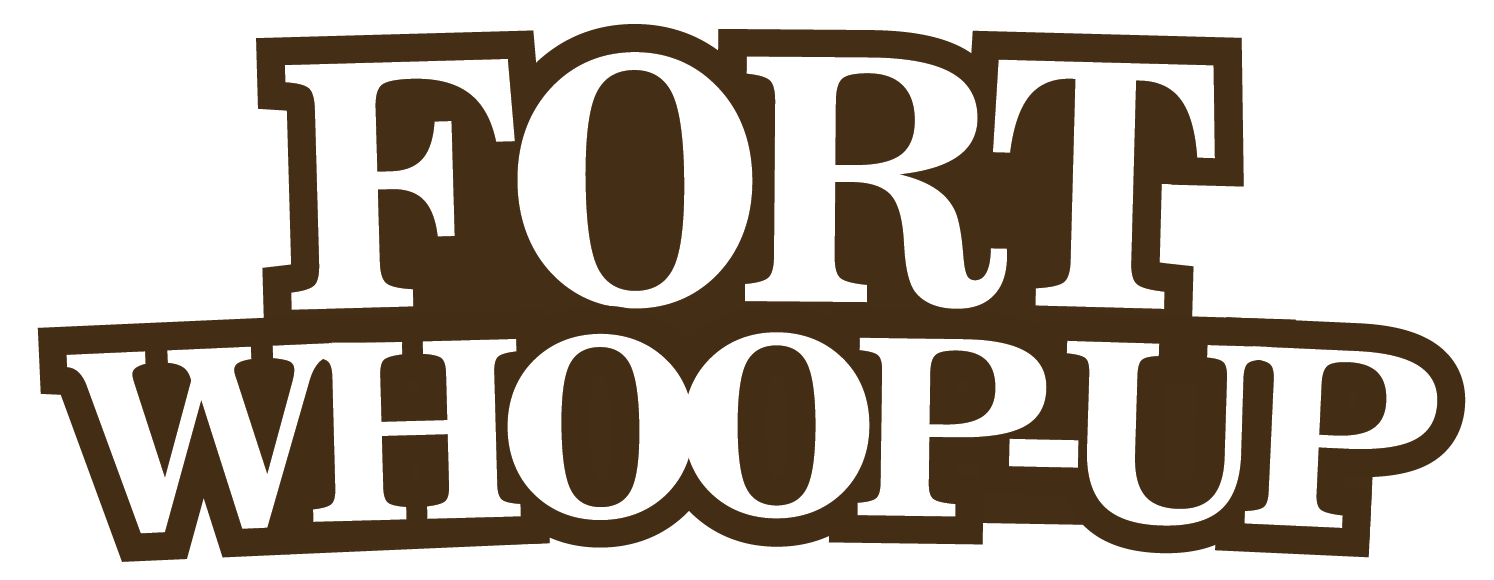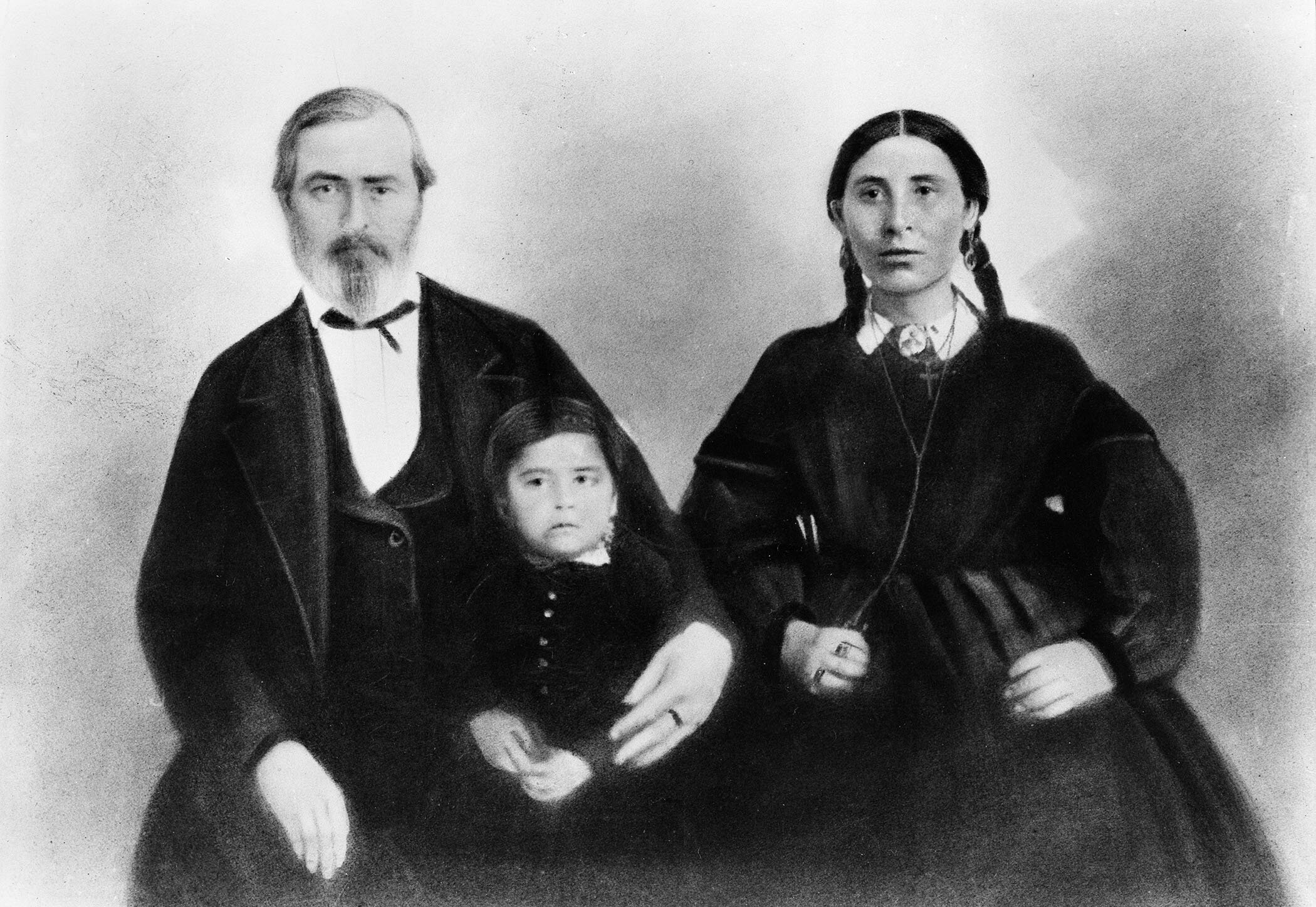Kítao’ahsinnooni (Blackfoot Territory)
Rebecca Many Grey Horses presents an overview of Indigenous history in southern Alberta.
Rebecca Many Grey Horses presents an overview of Indigenous history in southern Alberta. Rebecca has facilitated Indigenous history classes here at the Galt for the past two years, bringing in local experts, knowledge keepers and Elders to educate large groups of learners.
The video features many archival images. You can find more information about the photos on our database website at https://collections.galtmuseum.com.
The hand-drawn map of traditional Blackfoot territory can be purchased for $10 by contacting Mary Weasel Fat, Librarian and Elders Coordinator at 403.737.4351.
The Galt is grateful to the subject-matter experts delivering online content. As local professionals and knowledge experts, these presenters add valuable contributions to the local discourse; however, their ideas are their own. The people featured in the videos and those behind the scenes followed best practices to protect their health and safety.
Sacred Niitsitapi Sites
Southern Alberta is traditional Niitsitapi, or Blackfoot, territory. Rebecca Many Grey Horses discusses the importance of several sites including Chief Mountain, Crowsnest peak, Devil's Thumb, the Sweetgrass Hills, Writing on Stone, Head-Smashed-In Buffalo Jump, as well as the significance of medicine wheels and tepee rings.
Southern Alberta is traditional Niitsitapi, or Blackfoot, territory. Rebecca Many Grey Horses discusses the importance of several sites including Chief Mountain, Crowsnest peak, Devil's Thumb, the Sweetgrass Hills, Writing on Stone, Head-Smashed-In Buffalo Jump, as well as the significance of medicine wheels and tepee rings.
The Galt is grateful to the subject-matter experts delivering online content. As local professionals and knowledge experts, these presenters add valuable contributions to the local discourse; however, their ideas are their own. The people featured in the videos and those behind the scenes followed best practices to protect their health and safety.
Ákáí’nissko (Many Deaths Place)
Niitsitapi used the area at the junction of the St. Mary and Belly, or Oldman, Rivers as a winter camp. The site was located along part of a traditional migration route known as the Old North Trail. It was known as Ákáí’nissko (Many Deaths Place).
The Milky Way from Cottowood Park in Lethbridge looking west toward the location of Ákáí’nissko and the original site of Fort Whoop-Up.
Photo by Graham Ruttan
Niitsitapi used the area at the junction of the St. Mary and Belly, or Oldman, Rivers as a winter camp. The site was located along part of a traditional migration route known as the Old North Trail. It was known as Ákáí’nissko (Many Deaths Place) after a smallpox epidemic in 1837 killed up to two-thirds of the Blackfoot people and was marked by many closed stone rings.
When tepees are set up, the base of the tepee is secured and protected from the wind by piling stones around the circular base of the tepee, with an opening in the ring for the door of the tepee. When people die in a tepee, the ring of stones is closed. The closed stone rings at Ákáí’nissko mark the places where people died of smallpox.
Trail Riders of the Canadian Rockies
Travel Alberta
In early 1870, Kainai leader Aka’kitsipimi’otas (Many Spotted Horses) gave permission to two American free traders, Alfred B. Hamilton and John J. Healy, to set up a trading post in Ákáí’nissko. A photograph taken by William Hook in April 1879 shows tepees to the east of Fort Whoop-Up with the proprietary designs of Aka’kitsipimi’otas.
Hamilton and Healy built a small trading post they initially called Fort Hamilton. This initial building was a simple 60-foot square structure with six rooms. The traders made huge profits in their first season and decided to expand into a larger and more permanent fort. After the first trading season, that initial structure was badly damaged by fire, and the new structure was built a short distance away. The construction of the new fort, which came to be known as Fort Whoop-Up, started later in 1870 and took about two years to complete.
2020 marks 150 years since Fort Whoop-Up was established. You can learn more about the history of the fort at https://fort.galtmuseum.com.
Tepee rings near Carmangay, Alberta.
Robert Strusievicz on Flickr
Crossing the Border
American free traders Alfred B. Hamilton and John J. Healy left Fort Benton in December 1869. They travelled for several weeks and in early 1870, they set up a trading post at the junction of the St. Mary and Belly, or Oldman, Rivers.
In 1865, the American Civil War ended and around the same time a gold rush in Montana attracted primarily young men to the region in search of gold and opportunity. Fur traders in Montana had been illegally trading whisky with the Blackfoot in exchange for buffalo robes. In the late 1860s the US Government cracked down on the illegal whisky trade in Montana, which inspired many traders to flee the law and continue the trade across the border in Canada.
American free traders Alfred B. Hamilton and John J. Healy left Fort Benton in December 1869. They travelled for several weeks along what would later become the Whoop-Up Trail. In early 1870, they set up a trading post at the junction of the St. Mary and Belly, or Oldman, Rivers.
Exterior view of the original Fort Whoop-Up south of Lethbridge, c. 1883.
Galt Museum & Archives, 19760213002
They received permission from Kainai leader Aka’kitsipimi’otas (Many Spotted Horses) to establish the fort at that location, which was a favourite wintering camp of the Niitsitapi (Real People or Blackfoot People).
For the next several years, Fort Whoop-Up became the centre of the American robe and whisky trade system in what is now southern Alberta. Other trading forts in the region included Slide Out, Standoff, and Robbers’ Roost.
2020 marks 150 years since Fort Whoop-Up was established. The anniversary provides an occasion for rethinking how the history of the fort has been told. A lot of lore and stories have arisen regarding happenings at the Fort. Not all of the tales can be substantiated, but those that can be paint a complex picture of life on the prairies for American, Canadian and European traders and the Blackfoot and Métis who traded with them.
The original site of Fort Whoop-Up near the confluence of the St. Mary and Oldman Rivers in 2020.
Fort Whoop-Up and Galt Museum & Archives / Graham Ruttan












Rebecca Many Grey Horses presents an overview of Indigenous history in southern Alberta.